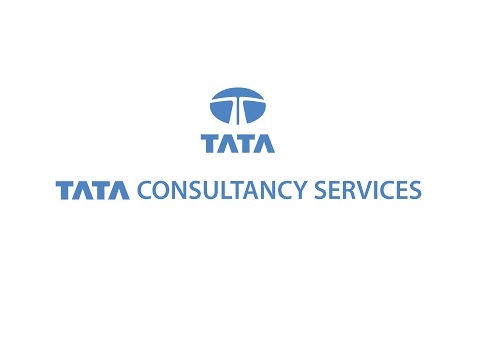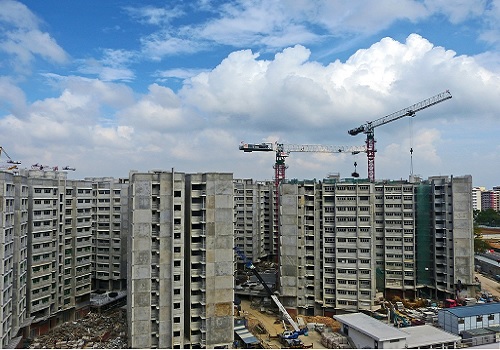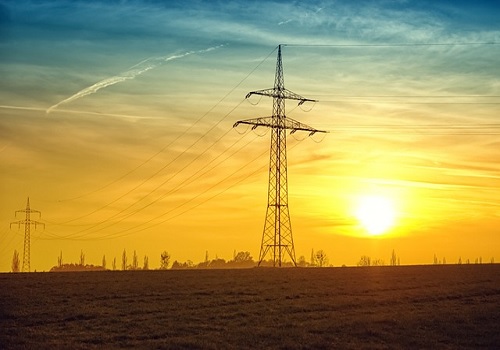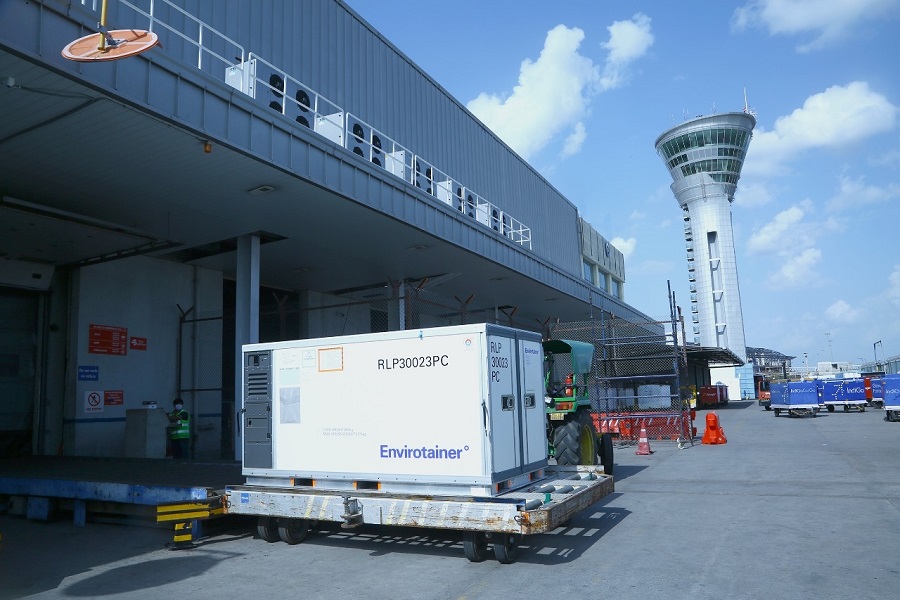SBICAPS Report on the Power Sector ``TRANSITIONS IN THE ENERGY CLIMATE``
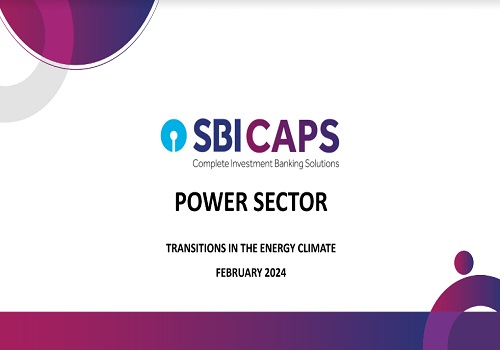
* In FY24, energy supply and power demand have experienced remarkable growth, expanding by 8.5% y/y and 11.4% y/y respectively during the first 10 months of the fiscal year. These figures significantly exceed long-term trends observed over the past decade and past three years. If this robust trajectory persists, it could potentially surpass current medium-term estimates. The upsurge in demand can be attributed to various factors, including the overall rise in electricity consumption per capita, expanded electrification efforts, weather volatility, and heightened industrial activity. Additionally, emerging drivers such as green hydrogen and electric vehicles are anticipated to further augment energy demand.
* The government's ambitious target of achieving 5 mn tonnes per annum of green hydrogen capacity will necessitate ~ 250 BU of energy annually. Accompanying this endeavour will be the creation of ~ 125 GW of renewable energy capacity, along with the requisite electrolyser capacity. While green hydrogen targets sectors traditionally challenging to decarbonize, such as heavy industry, the electric vehicle (EV) revolution aims to supplant fossil-fuel-based automobiles. Currently, India trails behind other economies in EV adoption, however, projections suggest that the number of EVs on Indian roads could surge by a factor of 20 from current levels by FY30, contributing to an incremental demand of ~40-50 BU.
* The bulk of the anticipated rise in energy demand is anticipated to be satisfied by renewable energy sources and their corresponding storage solutions. While the early months of FY24 witnessed subdued progress in the construction and awarding of renewable energy projects, there has been a notable acceleration in activity during Q3. To meet the solar installed capacity targets by FY30, a sustained run rate of 35 GW per year is imperative. However, additions have plateaued at around 12.7 GW since FY22, and a similar trend is anticipated for FY24. Additionally, ~9 GW of wind capacity needs to be added annually.
* An examination of projects under construction reveals a substantial pipeline extending until FY26, although there is a pressing need for greater momentum in the solar sector. The government's ambitious initiative to install 40 GW of rooftop solar capacity will not only alleviate pressure on utility-scale solar projects but also present households with the opportunity to contribute to the grid by selling excess electricity
* In tandem with renewables, thermal power generation is expected to continue playing a significant role, accounting for nearly half of the electricity produced by FY30 and providing reliable support during peak demand periods. However, underinvestment and the absence of long-term PPAs in this sector have resulted in many plants operating at high PLFs. In the short term, maximizing the utilization of over 40 GW of plants currently running at low PLFs will be crucial, primarily by resolving FSA and PPA issues. Additionally, ~10 GW may be added through the revival of currently non-operational plants with potential for recovery.
* Despite these efforts, achieving the targeted 277 GW of thermal capacity by FY30 will be challenging. The existing under-construction capacity of 27 GW, combined with potential additions from idle plants, just about reaches the mark. Complicating matters further, around 64 GW of thermal plants will surpass the 25-year mark by that time. While the government's directive to defer the retirement of such plants until FY30 provides a degree of assurance, substantial action is required to refurbish and upgrade these aging facilities. This entails initiating work on an additional 55-60 GW of thermal capacity, surpassing the 25 GW originally envisioned.
* Recent events, such as the Punjab government's acquisition of a thermal plant, signify a potential trend where states may need to address capacity shortfalls. Analysis comparing peak demand vs state-owned capacity reveals a shortfall in many major states, necessitating strategic acquisitions or development of new thermal plants. This trend is expected to stimulate significant capital expenditure in the thermal sector by certain States.
* In addition to generation, substantial investments are also required in transmission and distribution infrastructure. By FY30, it's estimated that transmission infrastructure will require Rs. 5 trn, with an additional Rs. 5 trn needed for distribution. Combined with earlier projections for generation and storage costs totaling Rs. 23 trn, this underscores the monumental funding requirement of Rs. 33 trn by FY30. Such ambitious endeavors necessitate substantial funding, prompting banks to re-engage with the sector. Expectations are high for increased bank lending, which is anticipated to surpass the incremental lending observed in the past five years and become a cornerstone of financing for the power sector.
* In addition to debt financing, there's a need for capital recycling from operational projects to fund new ones. InvITs in the transmission sector have shown promise. Similar mechanisms can be extended to the generation side. Furthermore, the privatization of DISCOMs needs to resume to attract private fund flows. Energy companies, including both electricity and oil & gas players, are adapting to the changing landscape by diversifying into non-fossil fuel sources for sustainability. This includes building substantial renewable portfolios, potentially leading to equity listings/ strategic partners of renewable arms to unlock their value. Meanwhile, cash flows from conventional energy businesses are expected to support internal accruals, facilitating the transition to a new energy paradigm
In summary, various financing mechanisms, including increased bank lending, capital recycling, privatization, and diversification efforts by energy giants, are expected to converge to support the required transformation in the energy sector.
Above views are of the author and not of the website kindly read disclaimer








